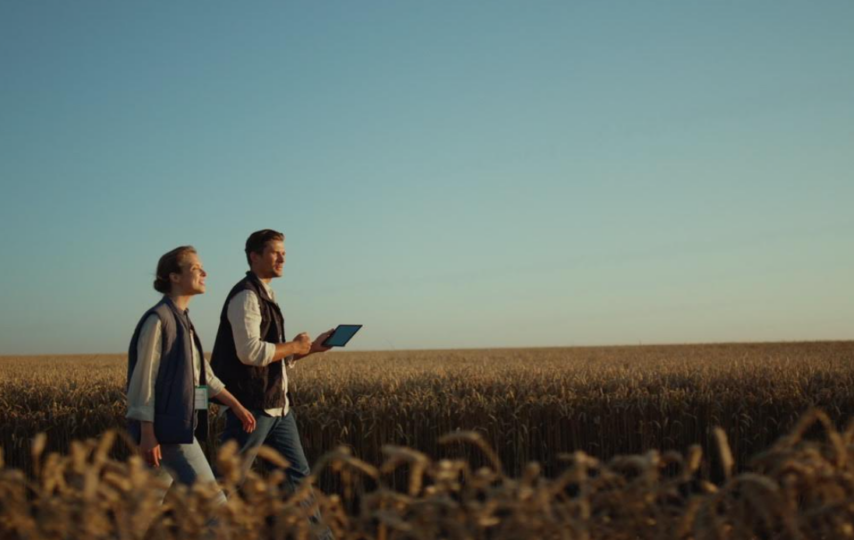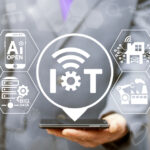Farming has always been a challenging business full of financial risk and uncertainty. With razor-thin profit margins, farmers need to find ways to optimize productivity and reduce costs. The good news is smart agriculture IoT technologies are now helping farmers significantly save time and money. When everyday farming equipment gets connected to the internet and upgraded with sensors, farmers gain many advantages managing crops and livestock more efficiently.
Monitoring Fields Remotely
In the past, farmers had to manually check conditions across all their land parcels periodically, which took hours driving tractors over wide expanses. Smart agriculture IoT allows instant remote monitoring of data for every zone. The people at Blues IoT explain that sensors track soil moisture, crop health metrics and pests while special camera drones survey field images to spot issues like drainage leaks. Instead of taking days to complete land inspections physically, farmers now use digital dashboards to view key field stats in real-time from farm data pools updated by their networked equipment.
Optimizing Irrigation Plans
Determining optimal irrigation plans was complicated when farmers relied on weather forecasts, but smart sensors in the ground now transmit exact moisture data, soil intake rates and evaporation loss levels to identify watering needs precisely per section. Actuators then automate water release from connected irrigation systems calculating perfect discharge timing and volumes preventing over-watering. With smart water conservation, even regions facing shortages sustain agriculture.
Early Disease Detection
Quick disease detection is critical to prevent infected crops from spreading across acres rapidly. Smart IoT solutions use aerial scanning and ground sensors to notice leaf color changes subtly and alert growers to rush samples for lab analysis immediately. Combined with historical data of various blights, computer vision sharpens detection accuracy, predicting likely pathogens and ideal organic treatments selected from digital repositories. Such early action contains outbreaks, saving entire harvests and farmer profits versus delays noticing visible structural damage manifest later through naked eyes.
Tracking Livestock Wellbeing
Farm animals like cattle require constant monitoring to maintain health, especially large-scale livestock operations. Connected wearable tags on cows now remotely monitor movement, feeding levels, body temperature and other signs of sickness or injury. Farm managers detect emerging issues early before infections spread between herds in close quarters. Trend analytics identify cyclical illness patterns to implement preventative care like modifying diets seasonally. Breeding profiles help match ideal mates optimizing births of healthy calves. Sensors even detect gestation status, allowing preparations for safer automated births via connected barn equipment.
Managing Operations Efficiently
Beyond field and animal monitoring, smart agriculture IoT assists broad farm operations, increasing productivity. Smart warehouses automatically collate incoming stock and order supplies. Sorting and packing systems detect blemishes and ripeness grades for accurate quality sorting to minimize losses and maximize profits per batch with premium produce prioritized. Networking all aspects of farms digitally means managers improve holistic efficiency.
Selling Accurately to Demand
Connecting buyer data to farms allows dynamic alignment of supply with market demand preventing glut situations where crops rot unsold. Analytics can determine production volumes and variety mixes needed optimizing planting cycles earlier. Smart systems optimize pricing for direct distributor sales, leveraging ideal harvest timing and supply chain integration. Improved alignment minimizes waste, thereby boosting farmers’ profits per cultivated acre.
Conclusion
Smart agriculture IoT solutions deliver farmers multiple opportunities to enhance efficiency, conserve resources and maximize yields cost-effectively. When advanced data analytics informs fine-tuned farming strategy, it leads to higher stability and profitability protecting livelihoods despite weather disruptions. While initial investment seems high, the long-term savings from precision farming through smart devices pays itself back, making IoT adoption essential.







